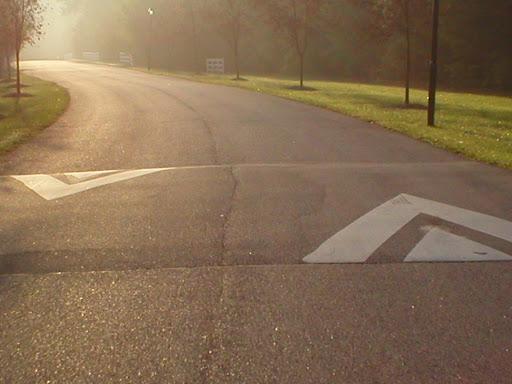Traffic speeds and volumes on residential streets are a concern of many citizens. Although Police enforcement may provide some temporary benefits, longer-term solutions require changing driver behaviors.
The Traffic Engineering Division has developed a process to work with communities to address these issues. The process, as well as techniques for controlling traffic in residential areas, is described in our Neighborhood Traffic Control Guidelines. The document includes warrants for the installation of speed humps and traffic islands, as well as suggestions for when other methods of controlling traffic may be appropriate.
In trying to resolve neighborhood traffic problems, we have found that it is best for the County and community to work together to study the problems and develop proposals to address those problems. If you have a concern about traffic in your neighborhood, please read through our Neighborhood Traffic Control Guidelines.
The length of time required to work through a traffic calming project varies depending upon the size of the area and the complexity of the problems. A request to restrict parking to improve sight distance may take only one discussion; a comprehensive plan for installing traffic calming devices throughout a neighborhood may take up to a year to develop. The time necessary for the installation of traffic calming devices is dependent upon the scope of the project and weather conditions. Certain permanent traffic calming devices may require funding participation from the community.
If you are interested in initiating a Neighborhood Traffic Control study, please read through our Neighborhood Traffic Guidelines first; then call (410) 222-7331 between 8:00 a.m. and 4:30 p.m., Monday through Friday, and ask to speak with a traffic engineer. They will answer any questions that you may have about the study process. We will then arrange a meeting with you and your neighbors to begin the study process.

